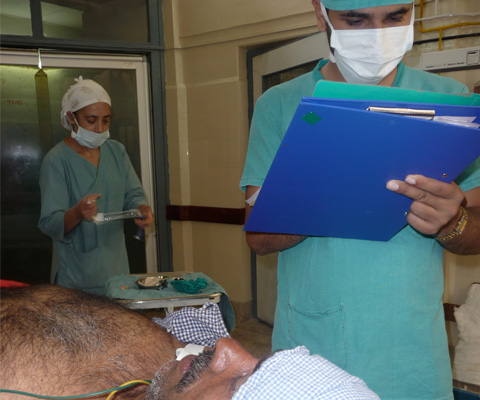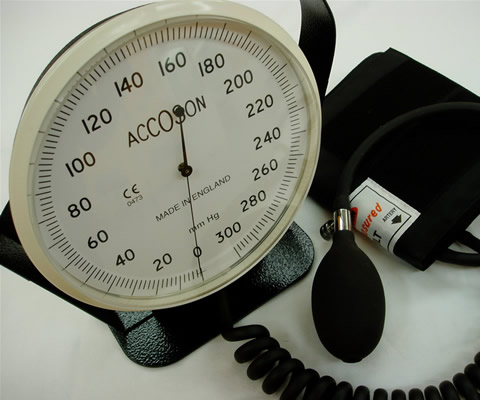Blood Pressure
Question: How do you measure blood pressure?

Question: How do you measure blood pressure?
Answer: Use an automatic blood pressure monitor or a manual sphygmomanometer.
Question: What is normal blood pressure?

Question: How do you measure blood pressure?
Answer: Use an automatic blood pressure monitor or a manual sphygmomanometer.
Question: What is normal blood pressure?
Answer: Normal Systolic (top number) blood pressure is 100-140 mmHg.
Question: Why might it be high?

Question: How do you measure blood pressure?
Answer: Use an automatic blood pressure monitor or a manual sphygmomanometer.
Question: What is normal blood pressure?
Answer: Normal Systolic (top number) blood pressure is 100-140 mmHg.
Question: Why might it be high?
Answer: Blood pressure might be high due to:
- Airway may be partially obstructed, e.g. low level of consciousness
- Breathing, e.g. problem with the lungs
- Circulation, e.g. pre-eclampsia
- Pain
Question: Why might it be low?

Question: How do you measure blood pressure?
Answer: Use an automatic blood pressure monitor or a manual sphygmomanometer.
Question: What is normal blood pressure?
Answer: Normal Systolic (top number) blood pressure is 100-140 mmHg.
Question: Why might it be high?
Answer: Blood pressure might be high due to:
- Airway may be partially obstructed, e.g. low level of consciousness
- Breathing, e.g. problem with the lungs
- Circulation, e.g. pre-eclampsia
- Pain
Question: Why might it be low?
Answer: Blood pressure might be low due to:
- Airway, e.g. obstruction
- Breathing, e.g. low oxygen levels
- Circulation, e.g. bleeding, following anaesthesia
Tip – Low blood pressure is a very late sign of bleeding.
|
If there is a problem:
|